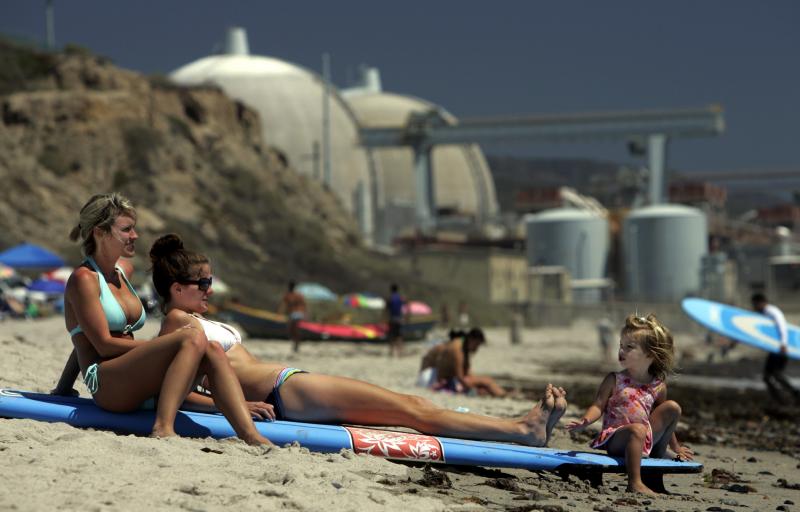Below is the first of two posts by Robert Petroski and Brian Marrs about the future of nuclear energy. Petroski is a nuclear engineer, with a degree from MIT, and Marrs is a Power Markets Specialist, with a degree from Yale. They are colleagues of mine from the Atlantic Council’s “Emerging Leaders in Energy and Environmental Policy,” a Transatlantic Network of professionals in the energy field. In this post, they argue against hyperbole about nuclear power from both opponents and proponents.
Reasonable discussion about nuclear power is hard to find. Sifting through the post-Fukishima rhetoric about nuclear power is difficult whether you are an energy markets professional or even a nuclear engineer. Depending on what you read, nuclear power is either an antiquated technology far too dangerous and too costly for society, or on the verge of a technological renaissance which promises clean, safe, proliferation-free power the world round. The energy industry is no stranger to broken promises or unanticipated breakthroughs. The punditry and associated polarization surrounding nuclear power comes at a time when regulators and investors must make critical decisions about funding nuclear innovation and renewing the global nuclear fleet, particularly that in the United States, the country on which this article most focuses.
It is time to set the hyperbole aside about nuclear power – then and only then can we begin to evaluate the potential and limitations of new nuclear energy technologies. However worthy, objections about the legacy of nuclear energy should not eliminate funding and market deployment for future innovations. All energy sources come with trade-offs. None of today’s (and likely tomorrow’s) energy technologies – nuclear included – offers a panacea for the security, environmental, and economic development challenges facing the 21st century. Nuclear power will either adapt to new concerns, perceptions of risk, and market conditions, or justly become obsolete.
We believe that innovation can and will fundamentally change nuclear power. Rather than relying on the past as the sole predictor of the future, we challenge policymakers, investors, and engineers to envision a new era of nuclear power. With new and still emerging science and technologies, tomorrow’s nuclear can overcome the drawbacks of the previous 50 years, and, in doing so, provide safe, clean, and competitive power. Written from perspective of a markets professional and that of a nuclear engineer, we seek to briefly lay out some of the market factors reshaping the business of electric power in the United States, the implications for nuclear power, and the technical solutions to reconcile new sources of nuclear energy with tomorrow’s constraints.
Nuclear Energy and the Shifting Power Market Landscape
Shale hydrocarbons, new environmental regulations, and cheaper distributed generation (DG) & smart energy technologies have brought more changes to the US power landscape over the past decade than the previous three. Cheap natural gas will erode gross margins for coal and nuclear plants. Retail-oriented DG, demand-side management technologies, and a sluggish economy will bite into utility sales. The power industry faces historically low load growth – barely 1% over the coming decades. Yesterday’s 30-40 year old nuclear plants have struggled – and probably will continue to struggle – to compete in this new landscape.
Capital costs are set to increase, while revenues decrease, particularly for merchant nuclear plants, roughly 40% of the US fleet. Stable $4.00-$6.00/mmBTU natural gas over the next 20 years will squeeze the profitability of coal and nuclear plants. At the same time, safety upgrades and upkeep capital expenditures may cost some plants $5-$80 million. For example, PPL estimated that post-Fukushima safety upgrades would require a $60 million investment for its two-unit Susquehanna plant. EPA thermal cooling rules and other water regulations will require further nuclear plant capex. Regulatory upgrades aside, traditional market pressures continue to move the economics of nuclear in an unfavorable direction. Capacity prices in key organized markets like MISO and PJM have been lower than many power providers anticipated, furthering eroding key income streams for nuclear power. Even the cost of uranium is set to increase some 5-8% over the coming 5-10 years.
















